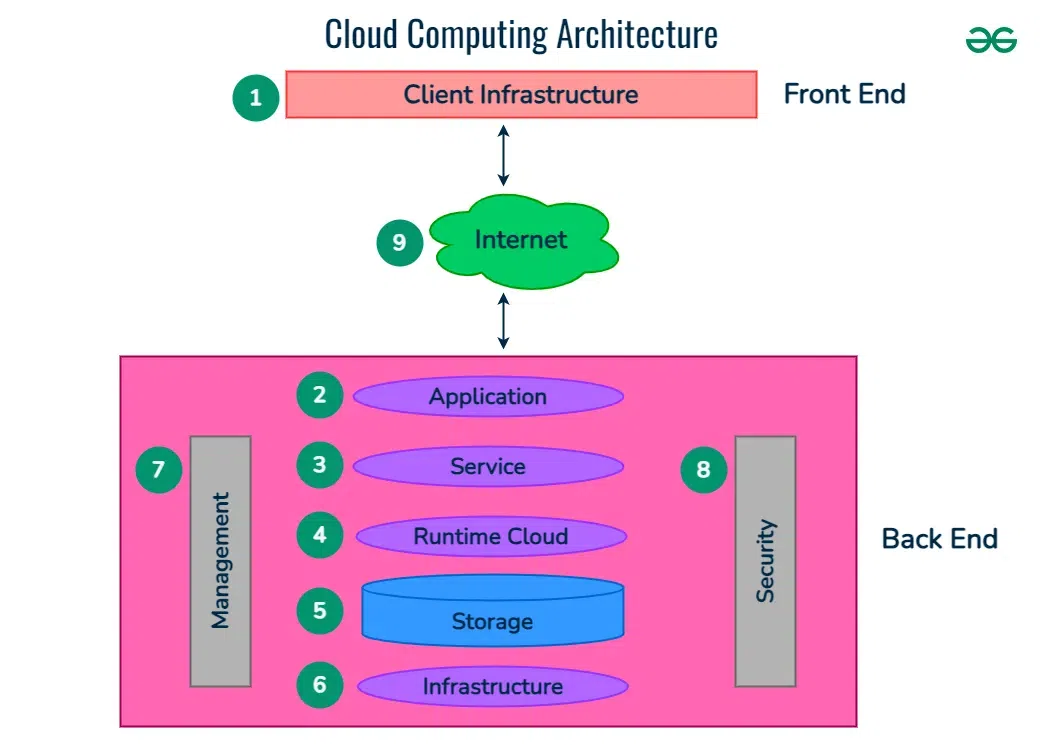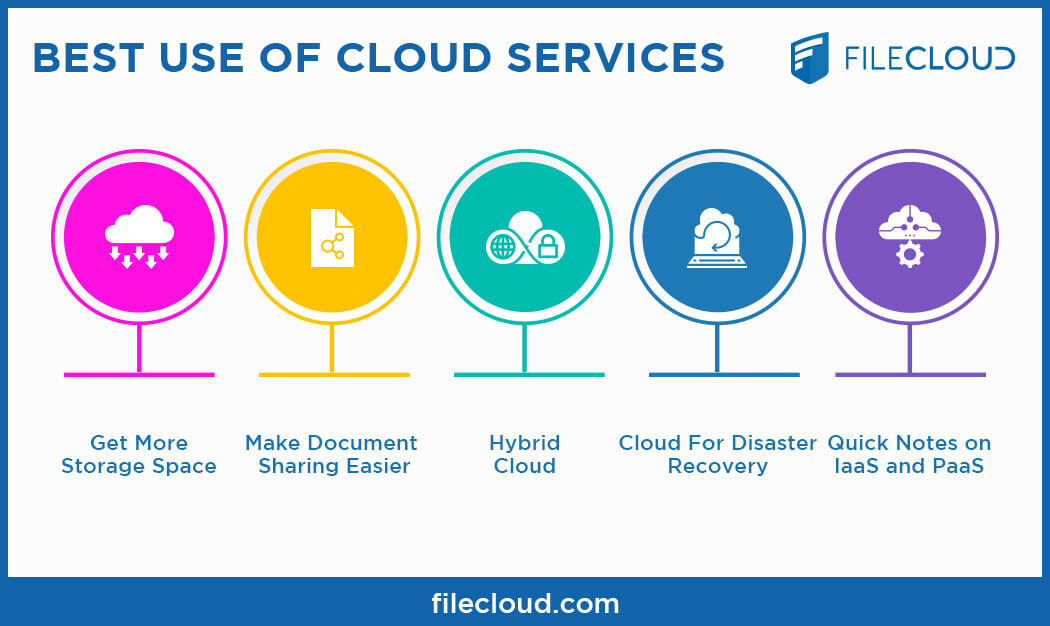Crucial Tips for LinkDaddy Cloud Services: Enhancing Your Universal Cloud Service Technique
Crucial Tips for LinkDaddy Cloud Services: Enhancing Your Universal Cloud Service Technique
Blog Article
Simplify Your Facilities With Cloud Solutions
As businesses navigate the ever-evolving landscape of innovation and data administration, the role of cloud solutions in streamlining infrastructure has become significantly popular. How can businesses successfully navigate this change and genuinely open the potential of cloud services for streamlining their framework?
Benefits of Cloud Provider
Cloud solutions supply a streamlined approach to handling IT facilities, offering companies with cost-efficiency, scalability, and versatility. One of the crucial benefits of cloud solutions is the scalability they provide. Organizations can quickly scale their resources up or down based on demand, guaranteeing they just spend for what they make use of. This flexibility is specifically useful for businesses with rising and fall demands or those experiencing development.
Additionally, cloud solutions eliminate the demand for businesses to buy pricey equipment and software application. This cost-efficiency is a considerable advantage, especially for small to medium-sized business wanting to lessen in advance costs. By utilizing cloud solutions, services can access high-grade IT sources without the substantial price related to standard framework setups.
In addition, cloud solutions give organizations with the versatility to access their information and applications from anywhere with a web link. This degree of ease of access boosts partnership among groups, makes it possible for remote job, and increases general performance. The flexibility supplied by cloud services encourages organizations to adapt rapidly to altering market conditions and client demands.
Cost Financial Savings and Scalability
In addition to the operational advantages highlighted previously, the integration of cloud solutions into a company's facilities generates considerable price savings and improved scalability. Cloud solutions supply a pay-as-you-go design, allowing services to range sources up or down based upon current needs, thereby avoiding the expenses related to maintaining excess ability. This versatility makes it possible for firms to adjust rapidly to varying demands without incurring unnecessary costs.
In addition, cloud solutions eliminate the demand for ahead of time investments in software and hardware, minimizing funding expenditures. Operating expenses are also lessened as firms no longer require to manage and preserve physical web servers, bring about lower power consumption and IT staffing costs. Furthermore, cloud solutions give automated updates and maintenance, making sure that the infrastructure remains updated and protected without requiring hands-on interventions.
Boosted Security Actions
Implementing strict security steps is paramount when incorporating cloud solutions right into a firm's framework to secure delicate information and make certain conformity with sector regulations. Cloud company supply boosted safety attributes such as information file encryption, firewall software protection, and multi-factor authentication to alleviate cybersecurity risks. File encryption assists safeguard information both at rest and in transportation, making certain that just licensed individuals can access delicate details. Firewall programs work as an obstacle in between internal networks and external threats, tracking and controlling outward bound and incoming network traffic. Multi-factor verification includes an additional layer of safety by requiring individuals to offer numerous types of verification prior to accessing the cloud solutions.
Moreover, regular security audits and compliance assessments assist determine vulnerabilities and make certain adherence to sector criteria. Firms can additionally profit from features like automated security updates and real-time threat surveillance given by cloud company. By prioritizing safety measures and staying proactive in resolving prospective risks, services can confidently utilize cloud solutions while protecting their useful data from unauthorized accessibility or violations.
Transitioning to Cloud Infrastructure
To efficiently integrate cloud solutions into a company's framework, a structured strategy that resolves the change in the direction of cloud-based services is vital. Transitioning to shadow infrastructure includes cautious preparation and execution to ensure a smooth migration process. The very first action is to assess the present infrastructure and identify which applications and systems appropriate for movement to the cloud. This examination should think about elements such as information level of sensitivity, conformity requirements, and efficiency needs.
When the evaluation is complete, a migration technique ought to be created. This approach must lay out the timeline, resources, and responsibilities for moving each part to the cloud. It is important to connect this strategy plainly to all stakeholders to guarantee placement and minimize interruptions during the change.
During the migration procedure, surveillance and screening are essential to recognize and address any issues without delay. Routine checkpoints ought to be established to web track progression and make required modifications. Furthermore, training for staff members on utilizing cloud services ought to be supplied to guarantee an effective shift and take full advantage of the advantages of the new facilities.
Ideal Practices for Cloud Fostering
Effective adoption of cloud solutions rests on the strategic positioning of company purposes with technological capabilities and business preparedness. To make sure a smooth shift to the cloud, organizations need to begin by conducting a detailed assessment of their current infrastructure and determining which work are best matched for cloud migration. It is vital to entail crucial stakeholders from various departments in the decision-making process to get buy-in and attend to any concerns early on.
An additional ideal practice for cloud adoption is to focus on safety and security and compliance. Organizations needs to very carefully evaluate the safety and security steps used by cloud provider and make sure that their information is secured according to industry standards and governing requirements. Applying robust information encryption, access controls, and normal security audits can aid mitigate threats connected with cloud fostering.

Final Thought

As services browse the ever-evolving landscape of innovation and data management, the function of Website cloud solutions in simplifying framework has actually become increasingly prominent - universal cloud Service. Just how can services efficiently navigate this shift and genuinely open the possibility of cloud services for simplifying their infrastructure?
Cloud services provide a structured technique to handling IT framework, providing organizations with scalability, versatility, and cost-efficiency. By using cloud solutions, services can access high-grade IT sources without the significant cost tag connected with typical framework setups.
To make certain a smooth shift to his comment is here the cloud, companies should begin by carrying out a detailed evaluation of their present facilities and identifying which workloads are best fit for cloud migration.
Report this page